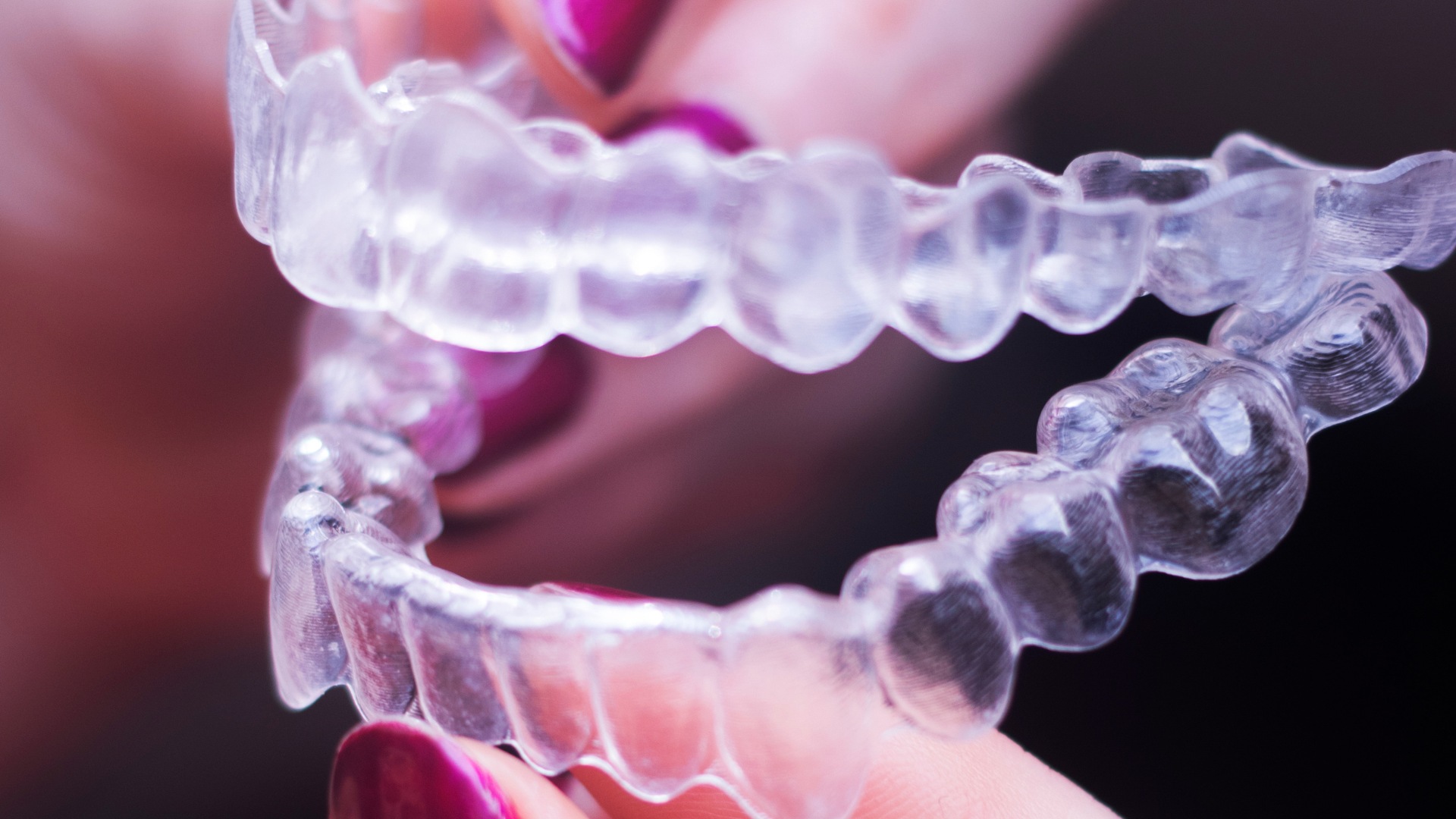Composite vs. Porcelain Veneers: Which Type Is Right for You?
Having to choose between composite and porcelain veneers? Each option offers aesthetic benefits—but key differences in longevity, appearance, cost, and maintenance determine which is right for your smile goals. This in-depth guide walks you through the advantages and limitations of each material, helping you make an informed decision.
Understanding Veneer Options
Dental veneers are custom-made shells bonded to the front of teeth to correct imperfections like stains, chips, gaps, or minor misalignments. Two main types exist:
direct composite veneers, sculpted chairside in one visit, and
porcelain veneers, crafted in a dental lab and bonded over multiple visits. Both serve aesthetic purposes but differ significantly in material, procedure, and longevity.
Durability & Lifespan: What to Expect
Porcelain veneers are renowned for their durability—commonly lasting
10 to 15 years, with some lasting
up to 20 years with excellent care. Composite veneers typically last around
5 to 7 years, possibly extending to
8 years with disciplined maintenance. Their resin material is softer and more prone to staining and chipping over time.
Time & Procedure Differences
Composite veneers can often be completed in a single appointment, as the material is sculpted directly on the teeth. Porcelain veneers require two to three visits: one for enamel preparation and impressions and another for fitting the final veneers.
Cost Comparison: Short-Term vs. Long-Term Value
Composite veneers are significantly more affordable—ranging from approximately $400 to $1,500 per tooth—making them attractive for budget-conscious patients. Porcelain veneers, while costing $925 to $2,500 per tooth or more, often deliver better long-term value due to their longevity and reduced maintenance needs.
Reversibility & Enamel Preservation
Composite veneers often involve minimal or no enamel removal, making them more reversible and conservative. Porcelain procedures require enamel reduction (typically ~0.5 mm), rendering them irreversible. Patients sensitive to permanent enamel alteration may prefer composite for interim cosmetic enhancement.
Repairability and Maintenance
If a composite veneer chips or stains, it can usually be repaired or re-polished quickly in-office. Porcelain veneers, while more durable, generally must be completely replaced if damaged. The trade-off is fewer incidents—in most cases—with porcelain, thanks to its strength and stain resistance.
Ideal Candidates for Each Type
Composite veneers may suit you if:
- You need a budget-friendly, same-day cosmetic solution.
- You want minimal tooth alteration and reversible enhancement.
- You're addressing minor chips, small gaps, or mild discoloration.
Porcelain veneers are better if:
- You desire a highly natural look with longevity.
- You're committing to a longer-lasting investment (10+ years).
- You consume staining foods or want greater resistance to discoloration.
How to Choose the Right Option for You
Choosing veneers requires balancing budget, aesthetic goals, and timeline:
- If you seek immediate cosmetic improvement at a low cost, composite veneers offer a practical choice.
- If you prioritize durability, stain resistance, and lifelike results, porcelain veneers deliver superior performance.
- Schedule a consultation to discuss coverage, expected lifespan, maintenance routines, and how your dental habits and diet affect veneer choices.
Maintenance Tips for Both Types
Regardless of material:
- Brush twice daily with non-abrasive toothpaste.
- Floss gently to clean margins.
- Avoid biting ice or using teeth as tools.
- Wear a nightguard if you grind your teeth.
- Attend routine dental visits for cleaning and assessment.
Composite veneers may require more frequent polishing; porcelain generally resists staining better.
Conclusion: Find the Right Veneer for Your Smile Goals
Both composite and porcelain veneers offer aesthetic improvement, but they suit different priorities:
- Composite veneers: cost-effective, same-day, and flexible—but require more upkeep and last ~5–7 years.
- Porcelain veneers: premium, longer-lasting (10–15+ years), and highly stain-resistant—but higher upfront cost and irreversible.
If you’re unsure which veneer type best suits your needs, goal, or budget, reach out to our team. We’ll help assess your oral health and preferences and guide you toward the most appropriate, confidence-boosting solution.





